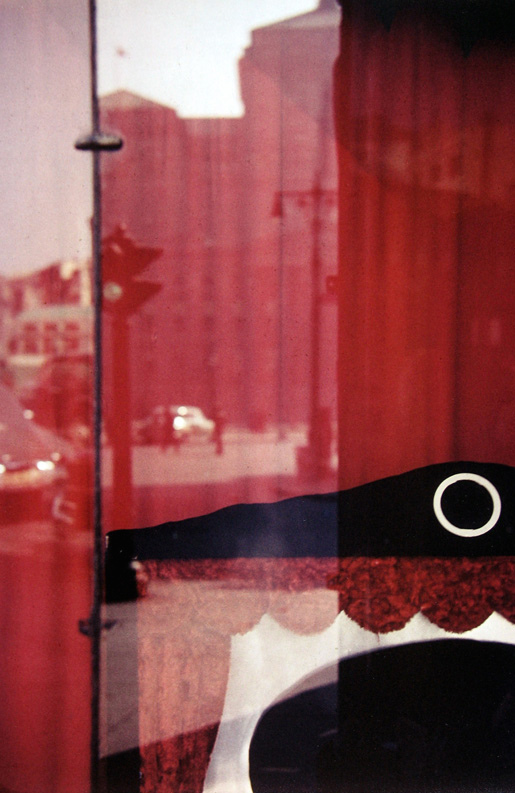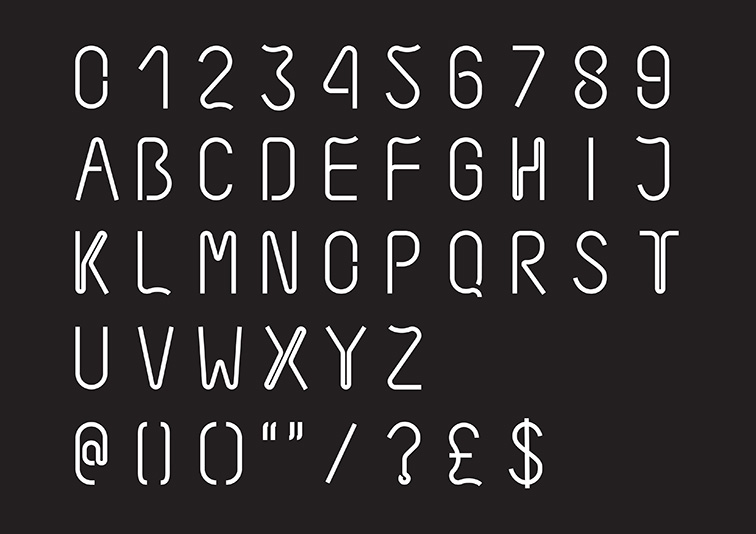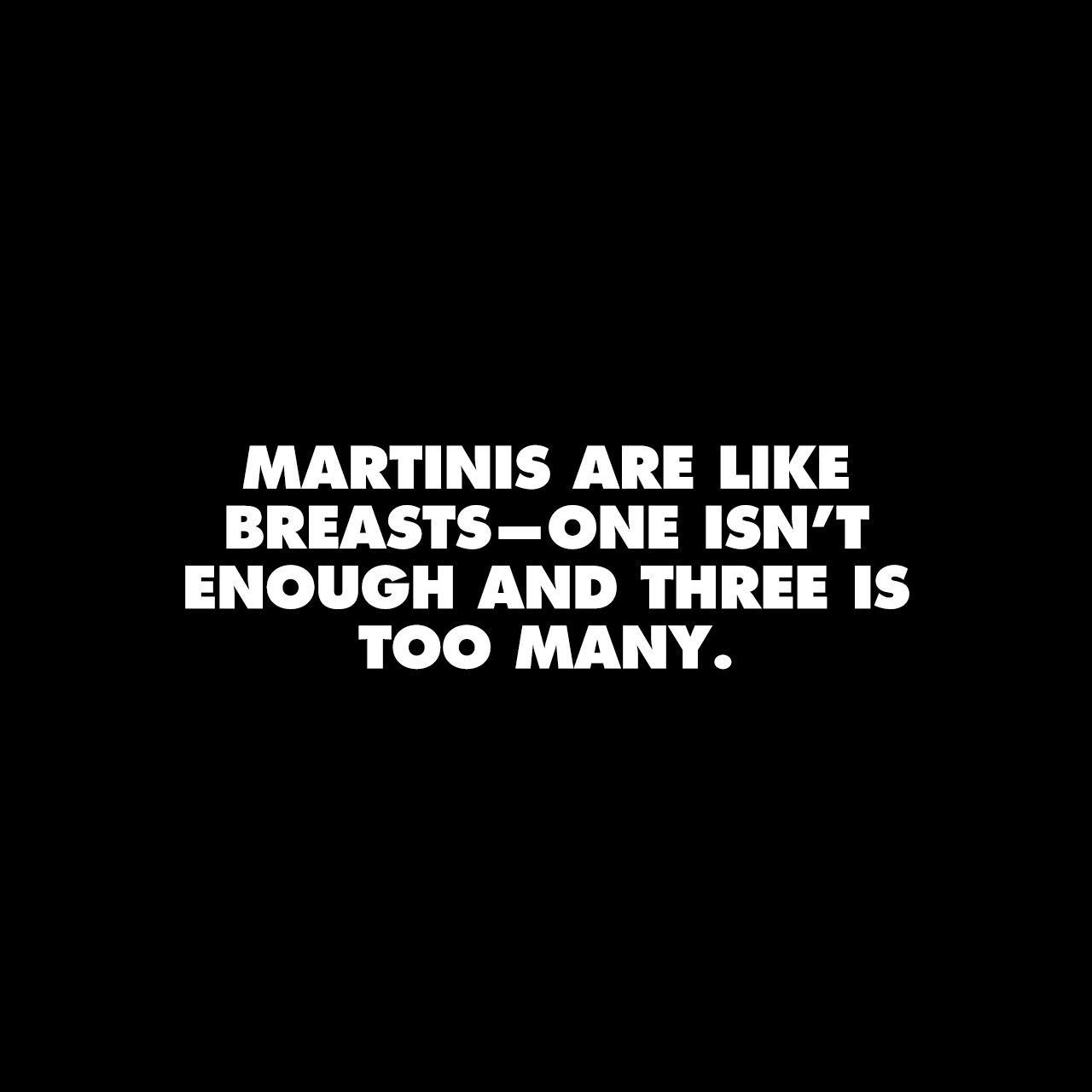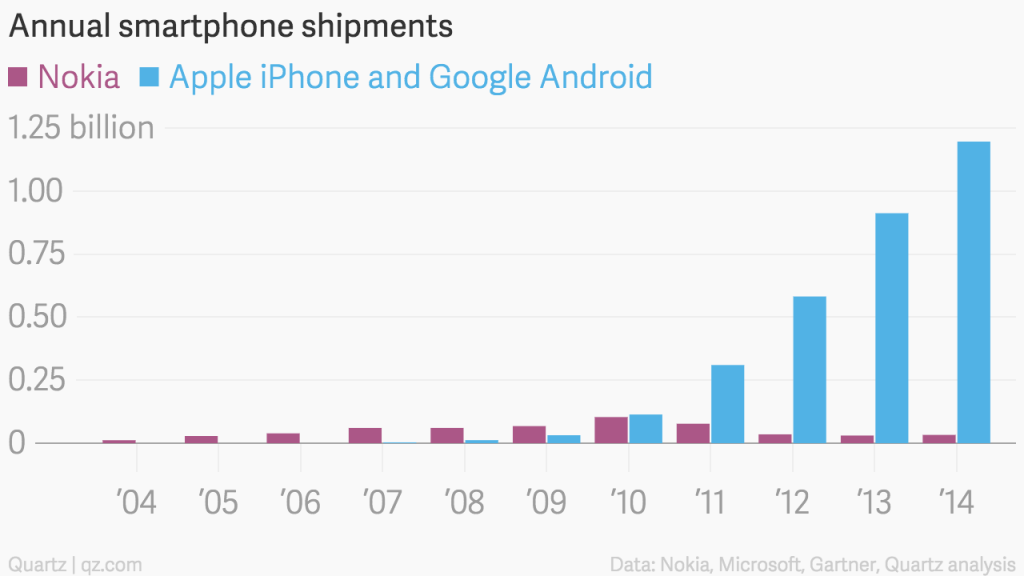After raising $1 million, the super-thin CST-01 watch won’t make it to Kickstarter backers:
Nearly two years after “the world’s thinnest watch” was supposed to arrive to Kickstarter backers, the project has announced that it’s pretty much done for. It’s a disappointing update in the long saga of the $1 million campaign for CST-01, what was once supposed to be a stylish, 0.80mm-thick E Ink bracelet that displayed the time. The CST-01 project has been detailing its troubles for a few months now, but last week it informed backers that it no longer expects to fill all preorders or to find another company to take over production. It now expects to either liquidate all remaining assets or, if unable to find buyers, open up all designs and distribute and sell off as many remaining parts as it can.
After funding two Kickstarter projects (here and here) I can tell you these are the most important things to remember:
- Do as much work up-front as possible—don’t just prototype your project
- lock down a manufacturer you can partner with if your project gets funded
- calculate the manufacturing costs for the minimum product volume and factor that into your funding goal
- calculate all supply costs
- calculate shipping costs
- factor Kickstarter’s 5% cut
- factor the 3-5% payment processing fee
- don’t make your product at a loss—charge what it costs to manufacture plus a reasonable profit margin
I had to do a lot of preparation before I launched my most recent Kickstarter project. See, getting the money is the easy part. It really is. I’m not saying that because I think money isn’t important. If you produce a great video about a great product idea with great photography and desirable reward tiers, that money will come rolling in.
The catch is, once that pile of money comes in, you have to make it last. You would do best to address all the bullet points above once, twice—shit, make it three times.
I was only dealing with paper and ink with my projects. Producing e-ink watch bands is a whole other world.







